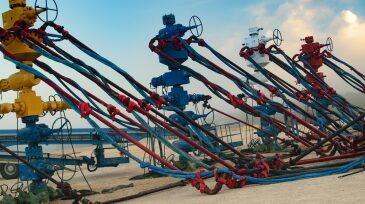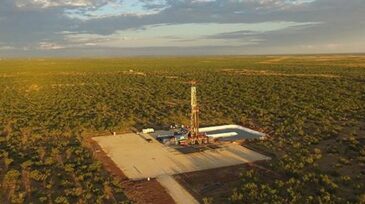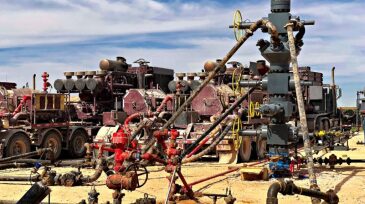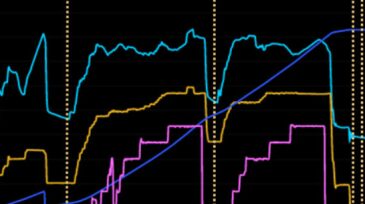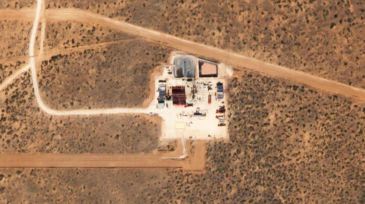Hydraulic Fracturing Content Feed
-
Pressure pumping equipment has been one of the most neglected areas of technological advancement. This has started to change as innovative developers push out new technologies that are slowly modernizing fracturing fleets, delivering major fuel savings, and creating other tangible efficiencies.
-
Findings from Kayrros suggest the average Permian well is both less productive and more expensive than reflected in public data.
-
The green light for Santos Energy’s drilling program in the McArthur Basin comes after a moratorium on hydraulic fracturing in the Northern Territory was lifted in 2018.
-
Getting water is a big issue for those who fracture wells, as is the disposal of it. The number of companies investing in water facilities and reuse, though, remains a minority.
-
Permian Basin operators and service companies met to discuss completions diagnostics, flowback strategies, water management, and artificial lift strategies.
-
First developed as a proprietary system by a large Permian Basin operator, this hydraulic fracturing schedule exchange will be run by a data company and opened up to the entire North American shale sector.
-
The UK shale operator will move forward with fracturing and testing its second well at its Lancashire site despite strict constraints on induced seismicity that hampered fracturing work on its first well.
-
Usually, field engineers manually pick events such as start and end times out of hydraulic-fracturing pumping data. This manual process is time-consuming and prone to error. Now, a Denver-based company is using machine learning to identify these events more accurately and consistently.
-
As the hydraulic fracturing market faces pressure to lower costs, Keane Group and C&J Energy Services announce they will combine their businesses.
-
The evolution of hydraulic fracturing is a long and circuitous one that deserves examination. Engineering and completions leaders from Liberty Oilfield Services did just that, authoring a paper that encapsulates the high points in the development of the groundbreaking completions practice.


